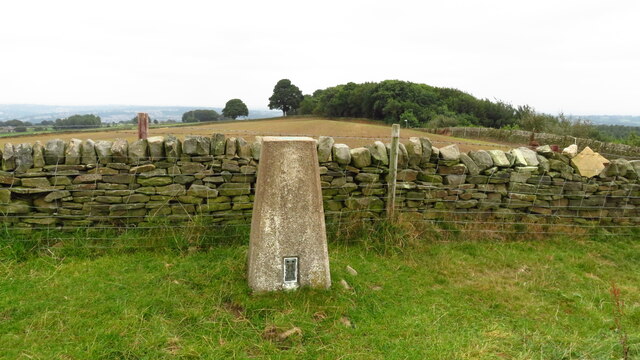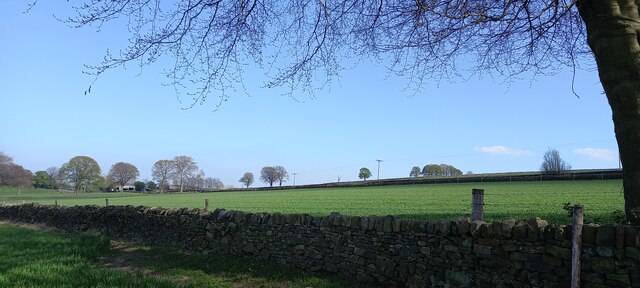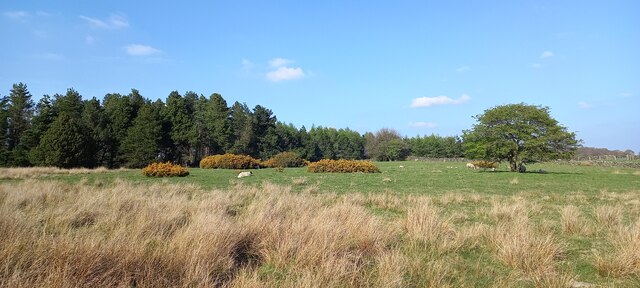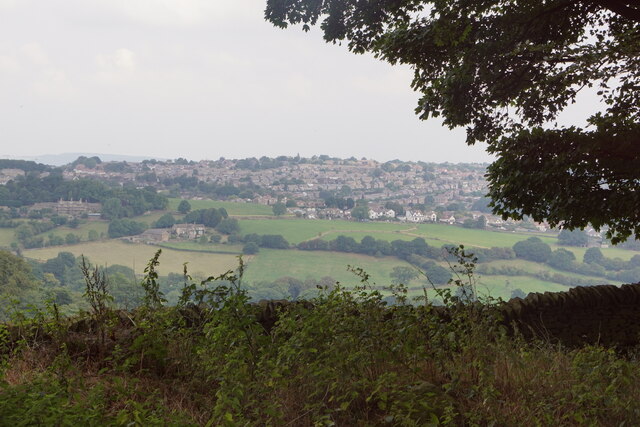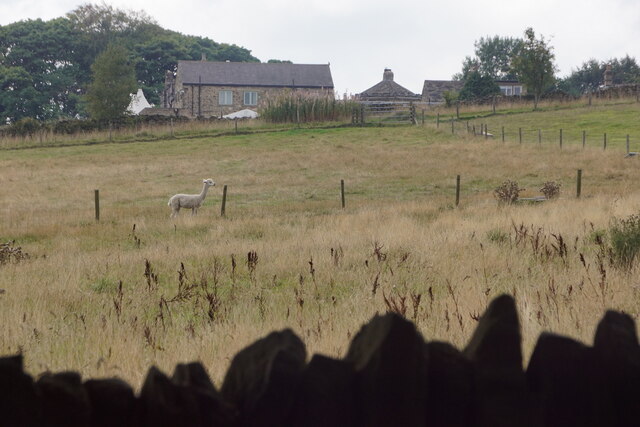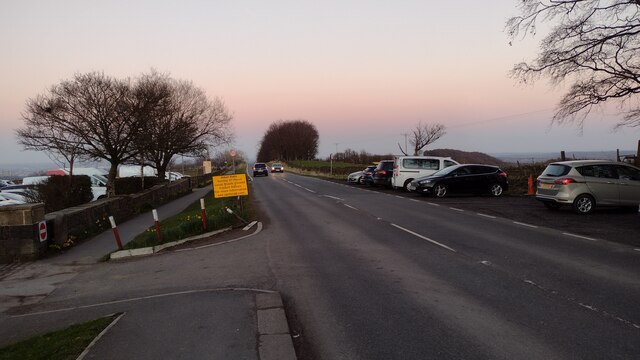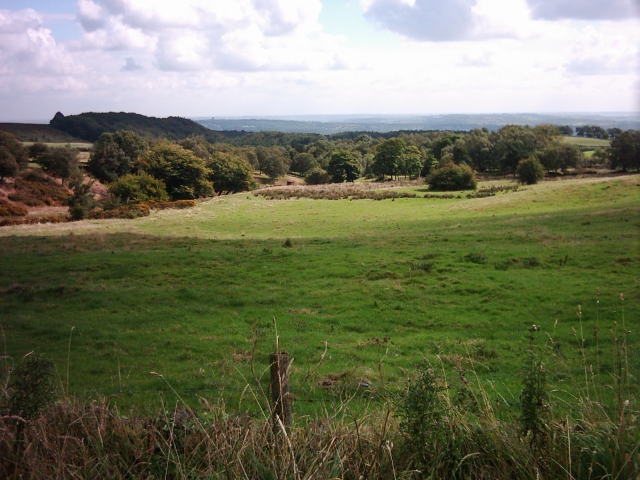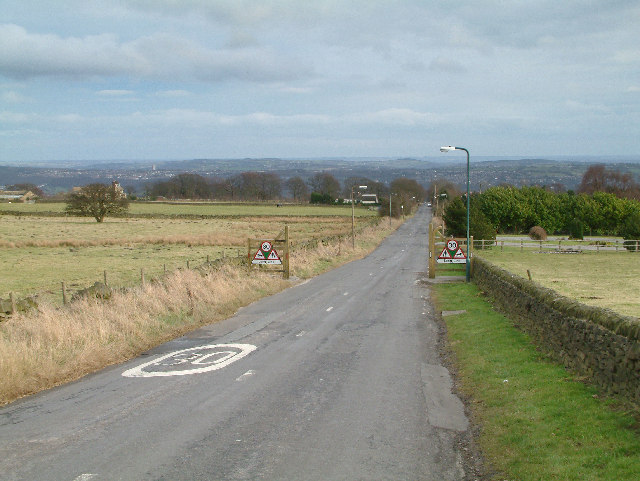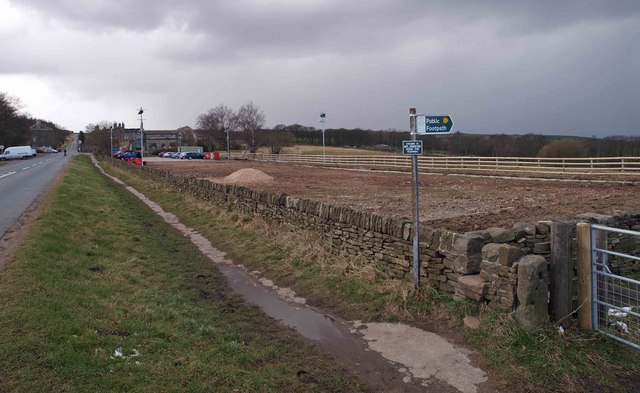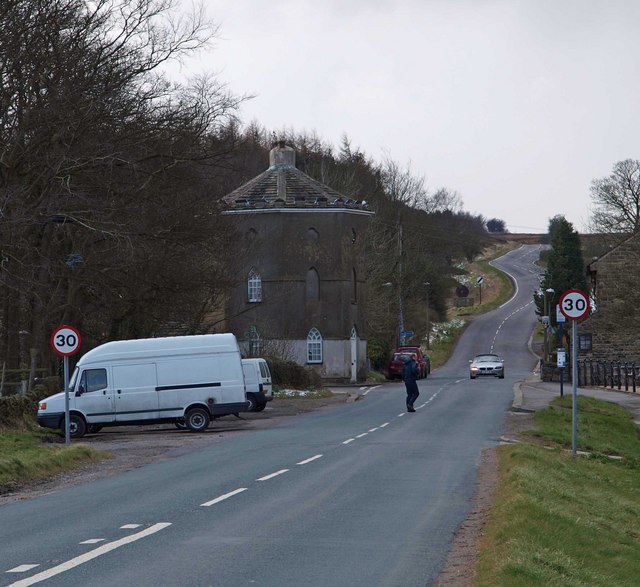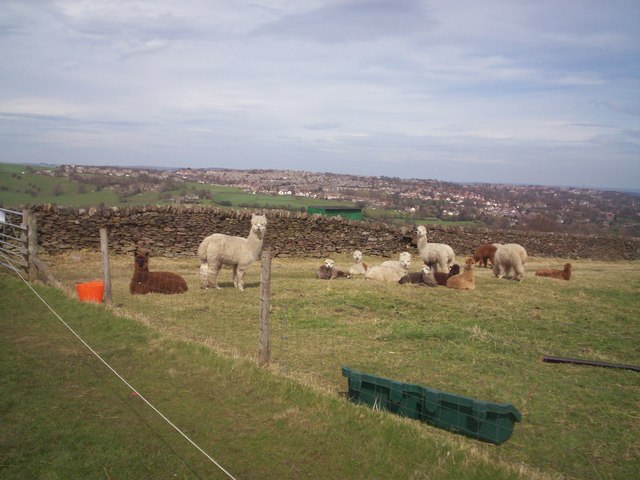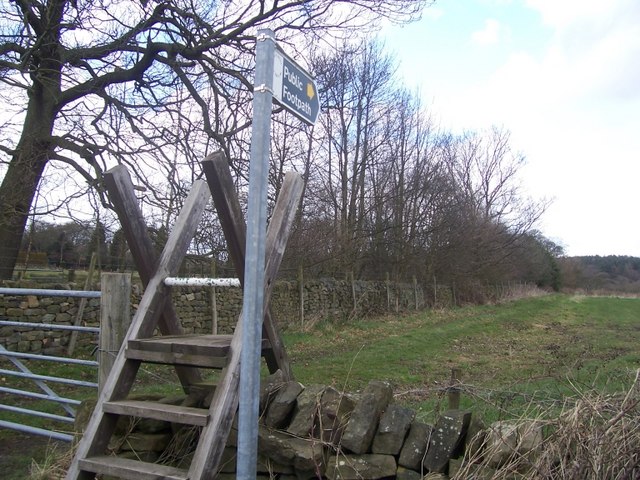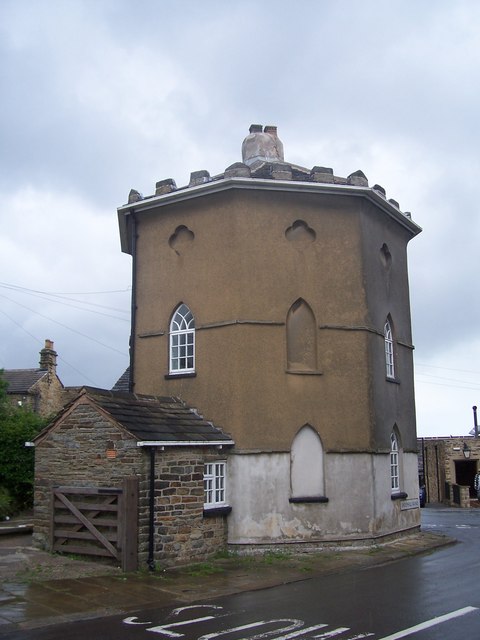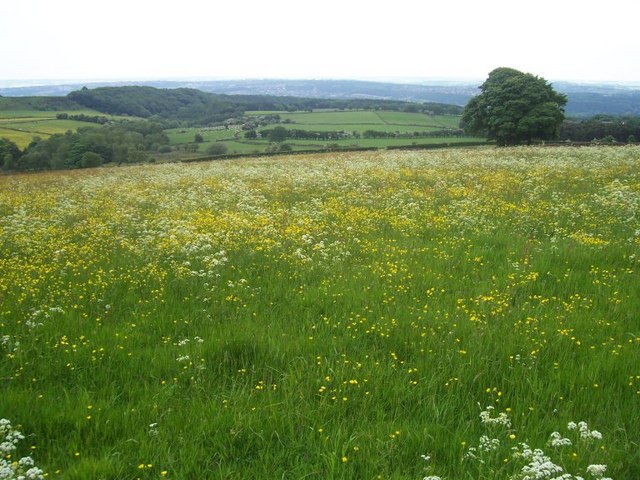Limb Valley
Valley in Derbyshire
England
Limb Valley
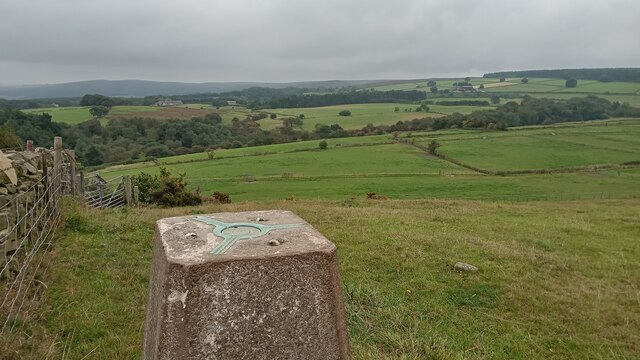
Limb Valley, located in Derbyshire, England, is a picturesque and serene valley renowned for its natural beauty and tranquil ambiance. Spanning approximately 6 kilometers, the valley is nestled between the villages of Dore and Totley on the outskirts of Sheffield.
This idyllic valley is characterized by its rolling landscapes, lush green meadows, and dense woodlands, making it a haven for nature lovers and outdoor enthusiasts. The Limb Brook meanders through the valley, adding to its charm and providing a soothing soundtrack to the surroundings.
Limb Valley offers a diverse range of flora and fauna, with an abundance of wildflowers, ancient trees, and various bird species. The valley is a popular destination for birdwatching, with sightings of buzzards, kingfishers, and woodpeckers being common amongst visitors.
There are several well-maintained footpaths and trails crisscrossing the valley, allowing visitors to explore its beauty on foot or by bicycle. These trails provide breathtaking views of the surrounding countryside, including the stunning vistas of the Peak District National Park.
Alongside its natural wonders, Limb Valley also holds historical significance. Ruins of ancient settlements and remnants of old millstones can still be found scattered throughout the valley, offering insight into its past.
Overall, Limb Valley offers a tranquil escape from the hustle and bustle of city life, providing visitors with a chance to reconnect with nature and immerse themselves in the rich history and beauty of Derbyshire's countryside.
If you have any feedback on the listing, please let us know in the comments section below.
Limb Valley Images
Images are sourced within 2km of 53.34335/-1.5392265 or Grid Reference SK3083. Thanks to Geograph Open Source API. All images are credited.

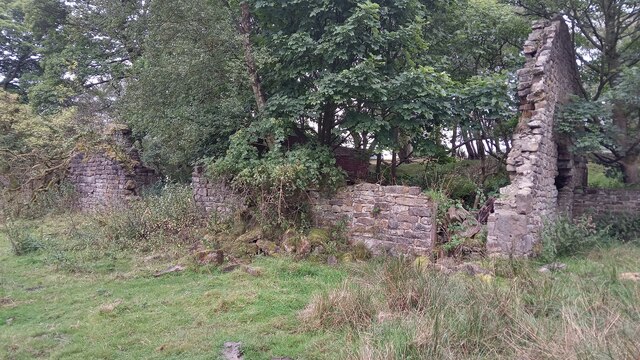
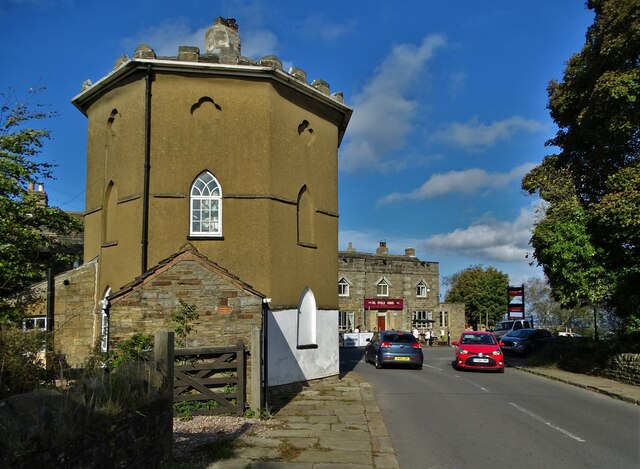
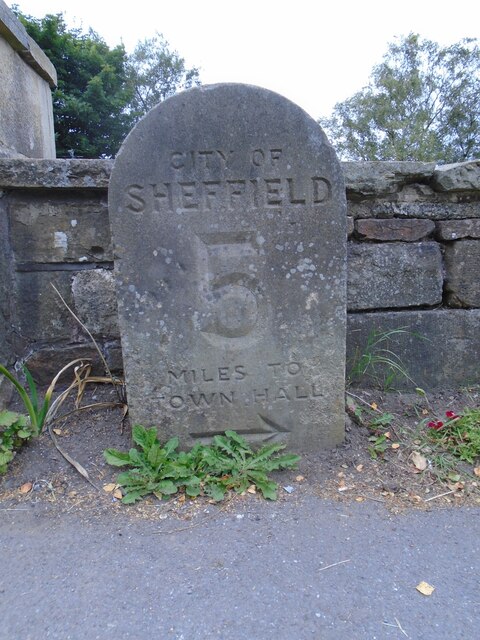
Limb Valley is located at Grid Ref: SK3083 (Lat: 53.34335, Lng: -1.5392265)
Unitary Authority: Sheffield
Police Authority: South Yorkshire
What 3 Words
///backed.fakes.colleague. Near Dronfield, Derbyshire
Nearby Locations
Related Wikis
Whirlow Brook Park
Whirlow Brook Park is a landscaped garden of 39 acres in Whirlow, Sheffield, which are open to the public, containing Whirlow Brook Hall. It stretches...
Whirlow Hall Farm
Whirlow Hall Farm is a working farm situated on Broad Elms Lane at Whirlow in the City of Sheffield, England. Since 1979 it has been the site of the Whirlow...
Whinfell Quarry Garden
Whinfell Quarry Garden is an early 20th century ornamental garden in Whirlow, Sheffield, built in an old quarry, containing rare trees and including a...
Hollis Hospital
Hollis Hospital is an almshouse dating from 1703 in Sheffield, England. == Thomas Hollis == Thomas Hollis (1634–1718) was apprenticed to a John Ramsker...
Nearby Amenities
Located within 500m of 53.34335,-1.5392265Have you been to Limb Valley?
Leave your review of Limb Valley below (or comments, questions and feedback).
